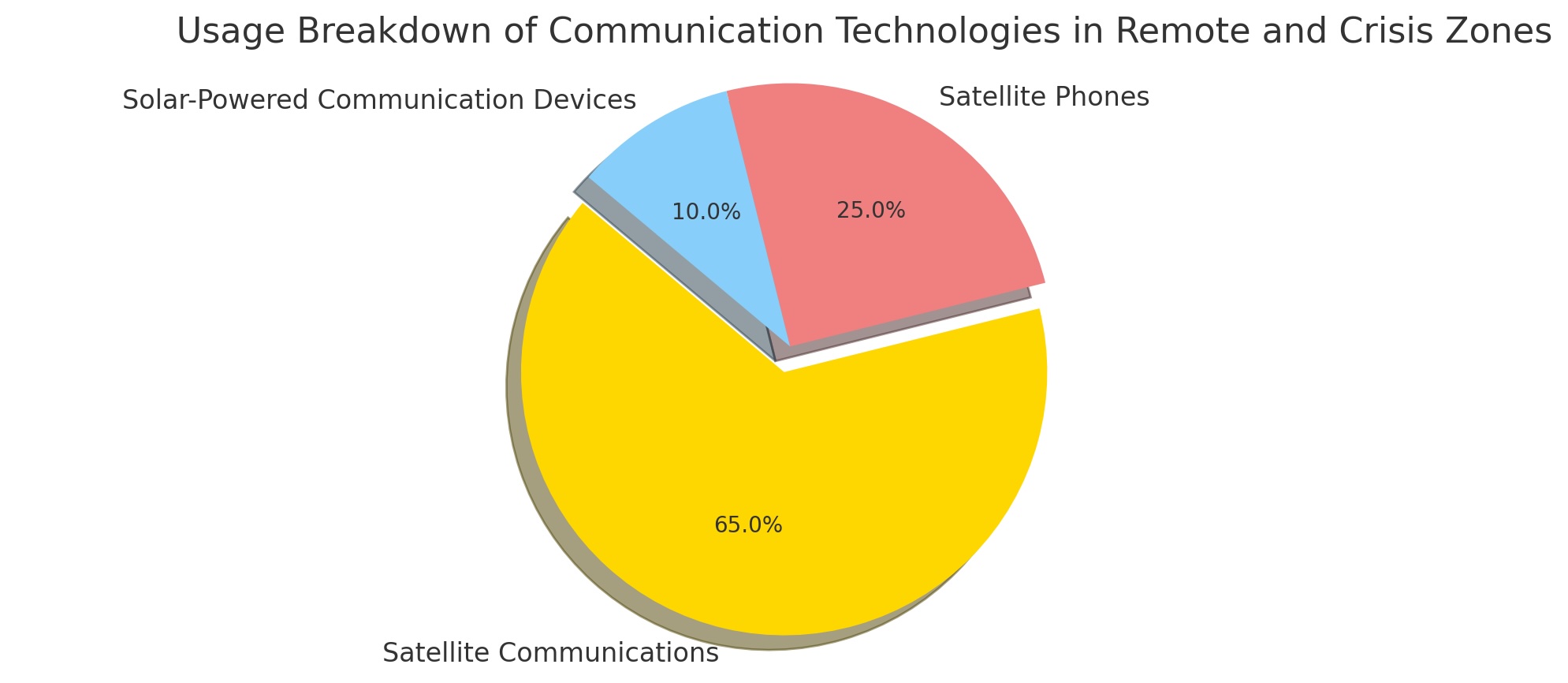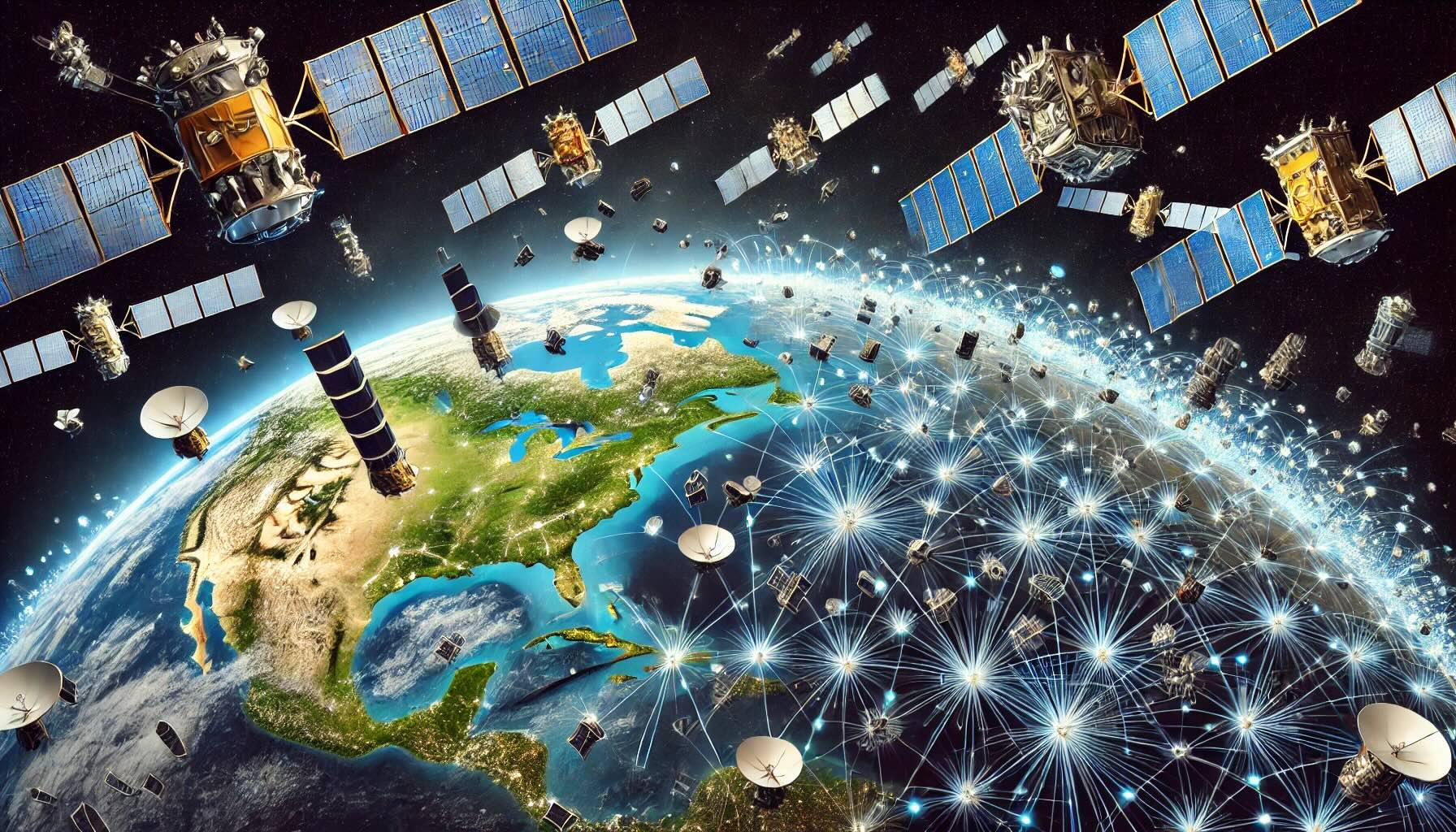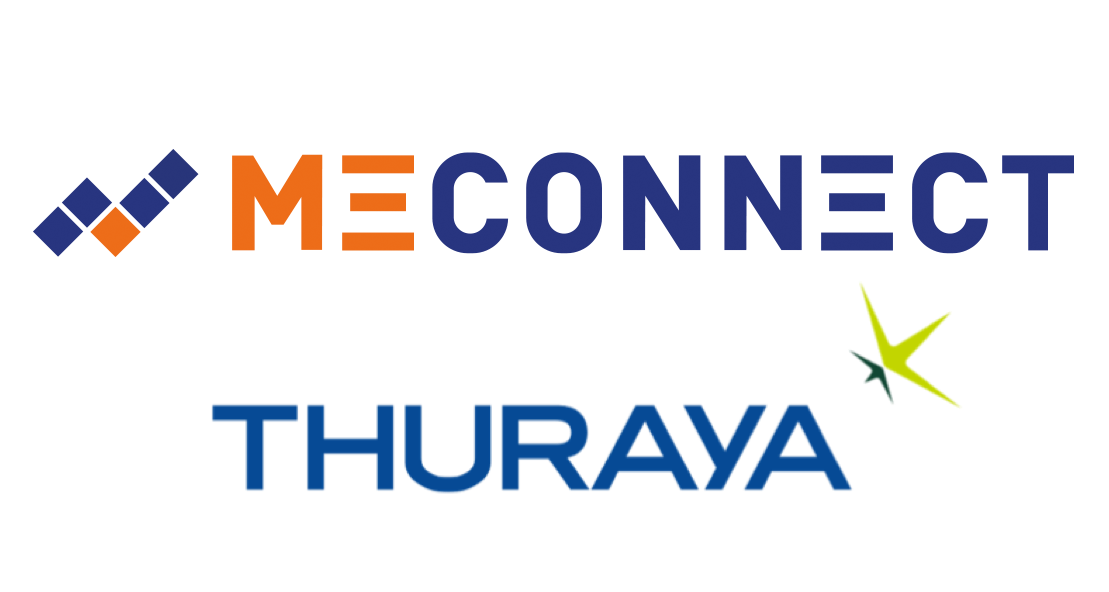
In the world's most challenging environments—remote locations, underserved communities, war-torn regions, and areas affected by natural disasters—maintaining reliable communication is critical. Technologies such as satellite communications, satellite phones, and solar-powered communication devices play a pivotal role in bridging these gaps. These tools not only facilitate vital connections but also support rescue, recovery, and relief operations effectively.
Satellite Communications:
Satellite communications are indispensable in areas where terrestrial networks are unavailable or destroyed. For instance, in the marine sector, companies utilize satellite technology to maintain continuous contact with ships navigating through international waters, ensuring safety and operational efficiency. Similarly, in the oil and gas industry, satellite communications enable real-time data transfer from remote drilling sites to headquarters, crucial for monitoring and emergency response. In disaster scenarios, such as the aftermath of the 2010 Haiti earthquake, satellite communication systems were rapidly deployed, restoring essential communication links for emergency services and coordination efforts.
Satellite Phones:
Satellite phones are a critical asset in ensuring direct, line-of-sight communication with satellites, bypassing the need for local network infrastructure. These devices have proven invaluable in war-torn countries like Syria, where traditional communication networks are often targeted or collateral damage in conflicts. Aid workers and journalists frequently rely on satellite phones to coordinate safely and report from the ground. In 2005, during Hurricane Katrina in the United States, satellite phones were among the few reliable means for rescue teams to communicate after the storm severely damaged local infrastructure.
Solar-Powered Communication Devices:
The advent of solar-powered communication devices has revolutionized connectivity in off-grid areas by harnessing the sun's power to keep communication lines open. In rural parts of sub-Saharan Africa, solar-powered mobile phone kiosks enable villagers to charge phones and maintain contact with the outside world, supporting local businesses and emergency communication. Following the 2011 Japan earthquake and tsunami, solar-powered devices provided a sustainable option for affected communities to stay connected during prolonged power outages, facilitating ongoing relief efforts and personal communications.
To provide a visual breakdown of the significance and usage of each communication technology—satellite communications, satellite phones, and solar-powered communication devices—in remote and crisis-affected areas, we can consider a hypothetical scenario based on their utility and deployment frequency in such environments. Here's how these technologies might typically be distributed:
Satellite Communications: 65% - Due to their extensive coverage and reliability, they are widely used in both commercial sectors (like marine and oil & gas) and humanitarian efforts.
Satellite Phones: 25% - Essential in areas where there is no infrastructure or where it has been destroyed, these are crucial for direct and immediate voice communication.
Solar-Powered Communication Devices: 10% - Increasingly popular due to their sustainability and independence from traditional power sources, these are especially useful in prolonged disaster scenarios.

These examples highlight how satellite communications, satellite phones, and solar-powered devices are not just technological solutions but lifelines in the most adverse conditions. By leveraging these technologies, organizations and governments can ensure that even the most isolated or crisis-affected areas remain connected, enhancing the effectiveness of humanitarian aid and operational continuity in critical sectors.









